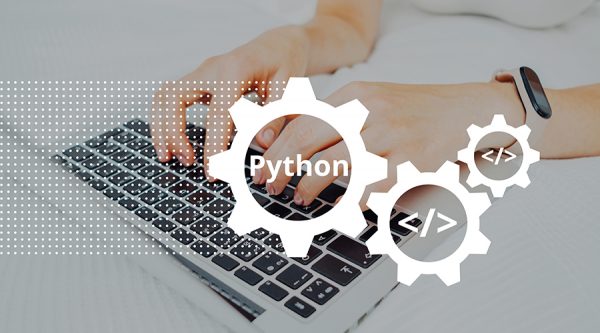There are many hidden Python features one must know to become a good developer, here are the top 10
As a programmer in the modern-day tech industry, you have to learn programming languages that have excellent in-built features and can help develop your applications quickly. Not only that, the language has to be easy to learn and should also support the developer community. So, owing to these facilities most programmers, coders, and developers have started using the Python programming language. Python is one of the most widely used and sought-after programming languages in the industry. There are many Python features one needs to learn to become a good developer. Here are the top 10 hidden python features to learn as a beginner in 2023.
Pandas_ml
Pandas is one of the most notable machine learning libraries that is written in Python. This library is meant for data analysis and manipulation. Moreover, it is handy as it combines some of the best and most reliable libraries of Python into one whole package. Thus, making it easy to use and implement.
Argument Unpacking
List unpacking fails when used on a function; Python doesn’t natively unpack a list or a tuple when it is passed to a function. This is because it may cause ambiguity: it’s up to the developer to specify when this has to be done.
Formatting of code using Black
What if you get a chance to review your code faster and in an efficient way? That’s when Black – an automatic code formatter for Python, steps in. One of the coolest Python unknown tricks is the formatters wherein you write code as per your style. And Black formats it, thus expediting the whole process of code review.
Easy Value Swapping
Programmers make use of swapping of values of two variables in their everyday programming lives. Swapping of values of two variables is usually done with the assistance of a third variable, a temporary variable. This third variable allows the swapping of the other two variables. Meanwhile, Python enables programmers to conduct swapping without any temp variable.
Python debugger
Several times, we get stuck on some errors and exert extensive time solving them. Further, turning all our efforts futile. The solution is unknown, but our efforts are all wasted. And that’s when you must use The Python debugger to make your task simple. The Python Debugger helps to review the code line by line without any hassle. Thus, making it one of the best features of Python.
Launch Web Server
Hidden features of Python are as useful as the support of a website. For example, let’s imagine that you intend to launch your web server using which you will be able to share the files from your computer. For this, using a simple command would be handy. It will launch a web server on any port. For everything to pass successfully, you should set the port from range 0 to 65353. There are other parameters that you can check out additionally.
Negative indexing
One of the hidden Python features is that it supports negative indexing. We all are aware that indexes are used in arrays in all programming languages. And the elements in an array are accessed using these indexes. However, all programming languages deter from using negative indexes like ‘-2.’ But Python is an exception as it supports the negative indexing of arrays. So, -1 should be the last element, and -2 the second last one.
Short Module Names
Are you tired of utilizing long library names over and over again? Then, the following hack will be helpful for you for sure. Python provides developers the opportunity to utilize the keyword “as” to create any library name according to them.
Usage of emojis in code
Did you know that Python has a package wherein you can add emojis to your strings? Yes, you read it right! You may either use the emoji module or Unicode to include emojis.
List of Easter Eggs
Programming may appear boring as writing argumentative essays and different academic assignments for some people. But what if we say that there are Easter eggs in Python? This may sound surprising because Easter eggs, as a rule, can be found in video games, movies, cartoons, etc.
Source: analyticsinsight.net









